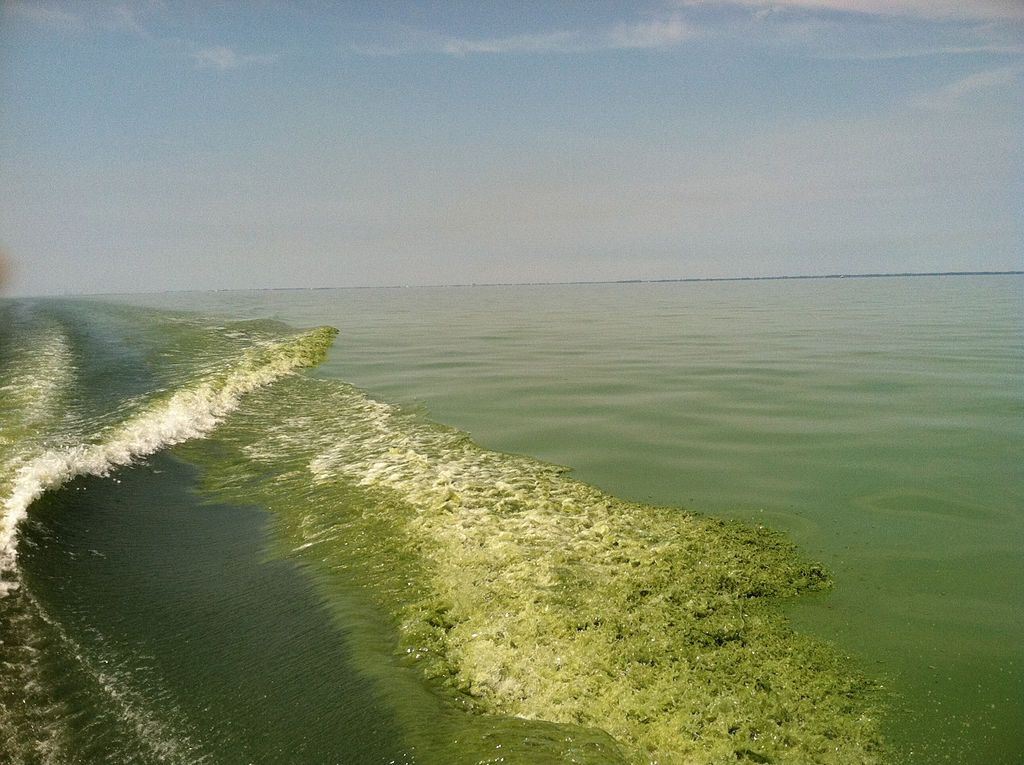
TOLEDO, Ohio (AP) — Researchers say the harmful algae bloom on Lake Erie this past summer was the fifth largest since they began ranking them going back to 2002.
The National Oceanic and Atmospheric Administration says the bloom covered about 700 square miles by the end of August.
Algae blooms have been a persistent problem on the western end of Lake Erie, the shallowest and warmest of the Great Lakes. They’ve caused numerous water warnings and beach closings in recent years.
It was five years ago that a toxic bloom caused a two-day shutdown of Toledo’s drinking water.
Studies have shown that much of the phosphorus that fuels the algae comes from fertilizer runoff from farm fields along with sewage treatment plants and other sources.
Read additional Great Lakes Now reporting on algal blooms here:
![]() Great Lakes Moment: Harmful algal blooms negatively impact the Lake Erie economy
Great Lakes Moment: Harmful algal blooms negatively impact the Lake Erie economy
![]() Understanding Algal Blooms: Conference reveals new projects, looks at Chesapeake Bay’s example
Understanding Algal Blooms: Conference reveals new projects, looks at Chesapeake Bay’s example
![]() 7.5 on Severity Index: Projections for Lake Erie toxic algae worse than 2018
7.5 on Severity Index: Projections for Lake Erie toxic algae worse than 2018
Featured Image: Algal bloom in Lake Erie, courtesy of NOAA




